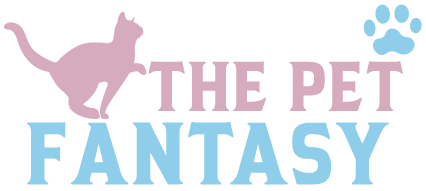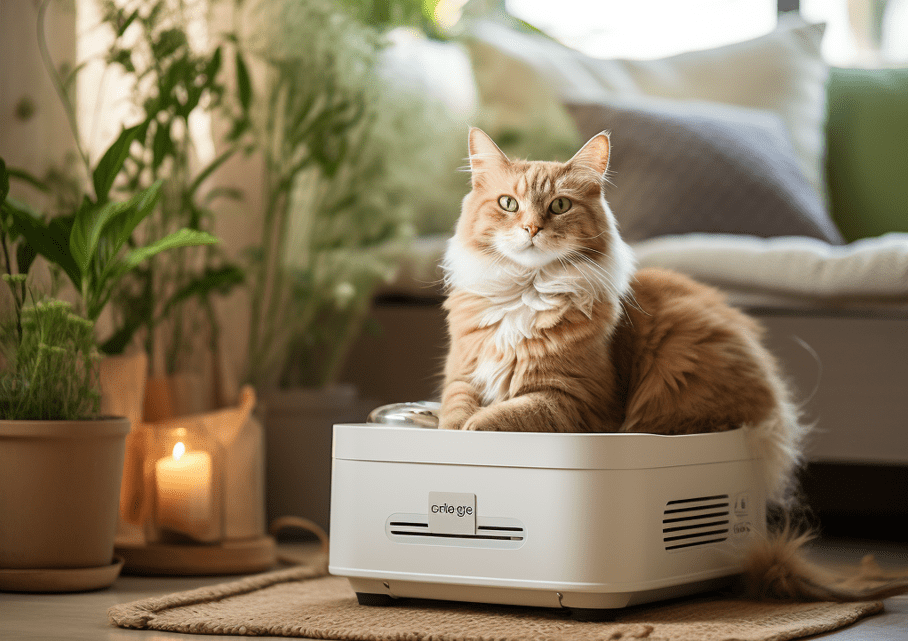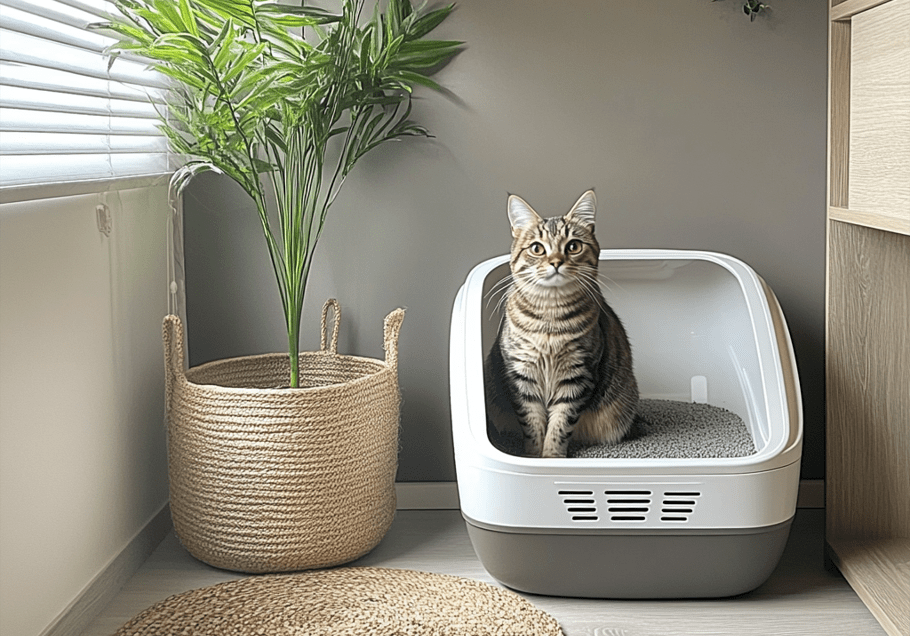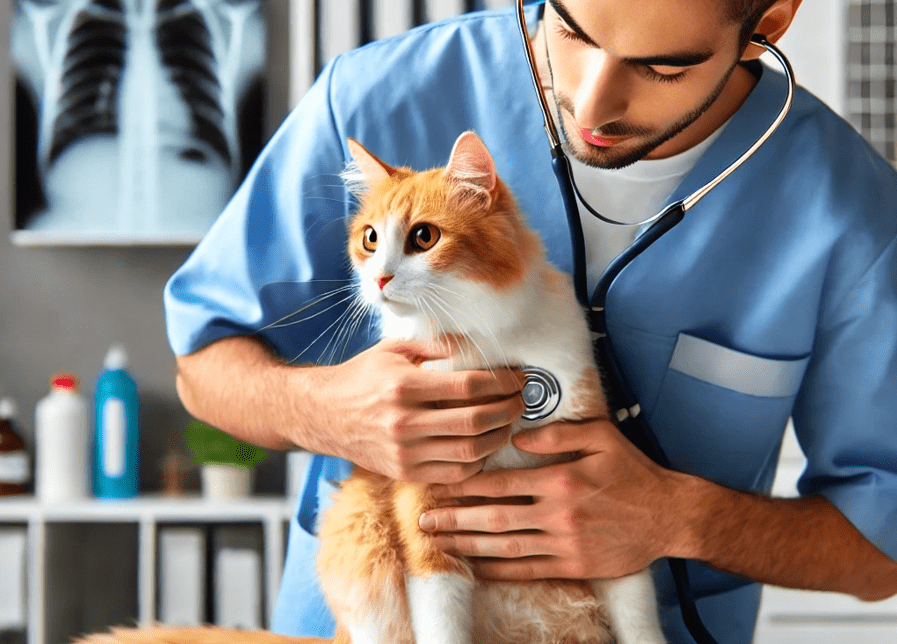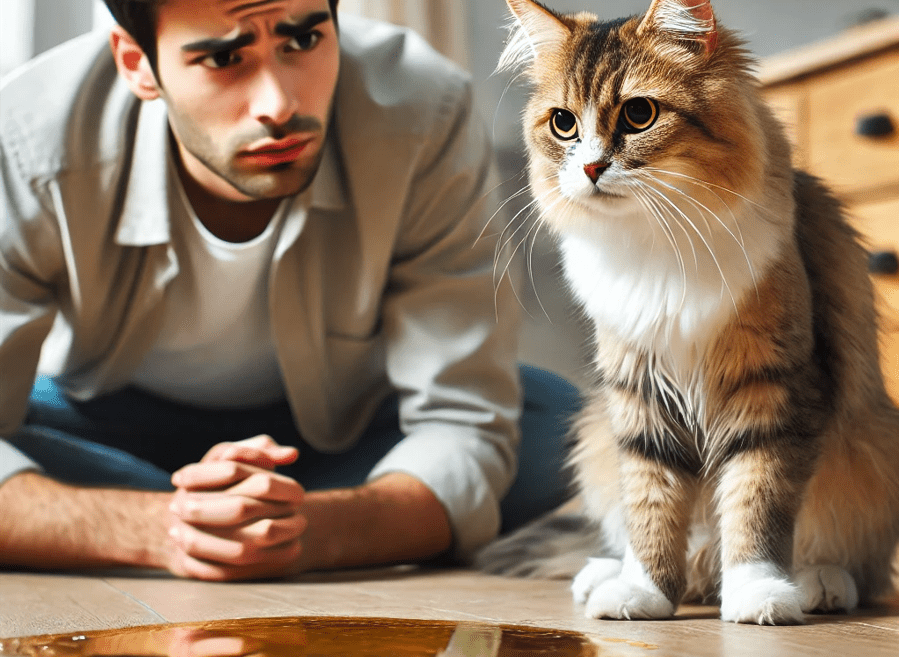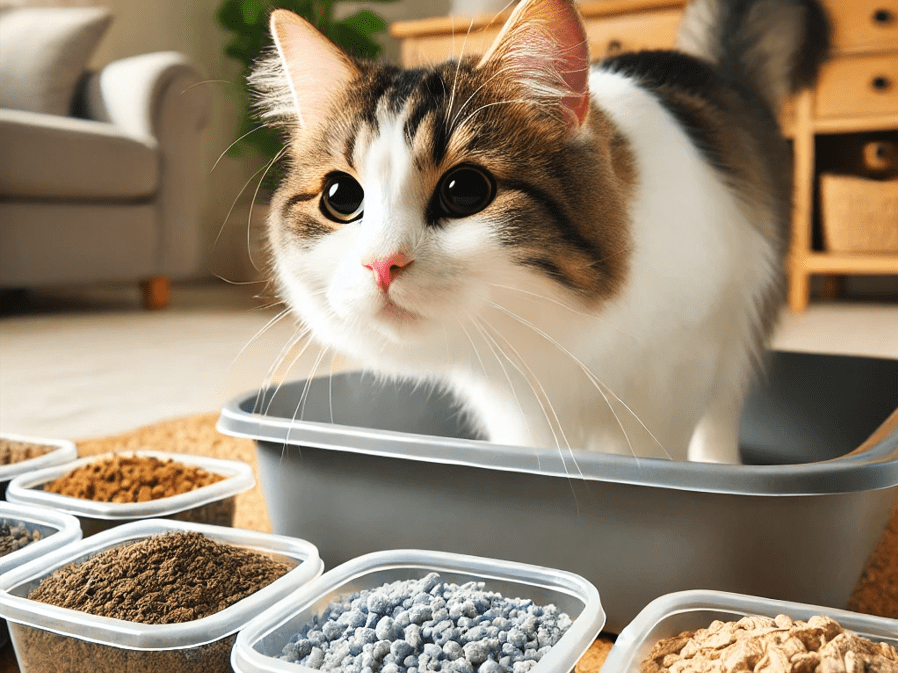
Understanding cat’s litter preference issues requires insight into the unique physical attributes of cats, especially when you’re considering the best litter box for ragdoll cats, known for their unique needs. Cats depend on their eyesight for hunting while their smell and hearing abilities surpass human sensitivity levels. The nasal capacities of cats are exceptional due to their 20 million scent receptors. For comparison, humans have 5 million. Our cats possess sensitive smell detection that allows them to identify any scents or odors from their litter box even if we humans do not detect these smells.
Forceful unpleasant scents generate a high possibility that cats will decrease their litter box usage. The paw structures of cats comprise numerous mechanoreceptors that make their feet highly sensitive to touch. Their exceptional agility is due to their remarkable sense abilities, which include an exceptional number of scent receptors in their noses. Cats avoid particular litters because they detect an unpleasant sensation on their toes or due to the attachment of litter to their foot pads.
Research on cat litter texture and granularity preferences

Dr. Peter Borchelt, who is an applied animal behaviorist, conducted three successive 10-day tests during 1990 to establish preferred litters by cats. The experimental design analyzed 14 commercial litter products along with topsoil, clay litter, and sand. During the testing period, cats were offered 6 boxes, yet midway, the locations moved to stop location preferences interfering with their choice of litter types.
In testing, the fine-grained clumping litter emerged at least twice as frequently as both wood chips and grain litter. None of the recycled paper litter received any use from the tested cats. The data results support Borchelt’s conclusion that the clinical observations regarding texture influence cat preference for litter material.
Early Development and Hardwired Preferences
Kittens form their preference regarding both litter type and scent before reaching adulthood. Before experiencing litter discipline, most cats exhibit an innate preference for substances; they can scratch into shallow holes to eliminate using them. The litter without scents tends to be what they most prefer.
Throughout their lives, our cats have learned to prefer particular combinations of litters because it matches what their brains automatically recognize. A change in litter affects approximately 50% of cats, causing them to develop discomfort with unfamiliar litter types unless we gradually introduce the new option. The other half shows no discomfort. A seamless litter-type transition requires spreading new litter in three stages over three weeks.
The following conditions provide reasons to adapt specific litter choices or strategies that will create positive experiences for cats during litter usage:
Paper litter recommendations exist for declawed cats along with those containing long hairs or undergoing surgical procedures exposing their wounds to litter. Pet owners with asthmatic kitties should opt for biodegradable litters since these products generate diminished dust compared to regular options. Cat owners should combine litter with outdoor soil for several weeks to help their outdoor pet learn about indoor litter boxes before gradually reducing the soil content.
Prior to changing your cat’s litter, make sure you evaluate the decision from their perspective. Your special cat needs basic care and patience while you introduce any changes to their litter or box, and they should avoid scents and sudden litter modifications. These animals display clear sophistication because they understand their elevated state of advancement. The time has come to acknowledge their preferences by offering the litter they expect.
Navigating Cat Litter Choices and Preference Challenges
Litter Boxes prove to be major stress sources for most cats. When selecting the best litter box for ragdoll cats, it’s important to consider their larger size and the potential sensitivity of their paws, ensuring the box provides enough space and a comfortable surface. Your choice of litter holds considerable importance to your cats, both in litterbox utilization and their health, and your well-being. Learning about the wide range of cat litters available in the market requires substantial research.
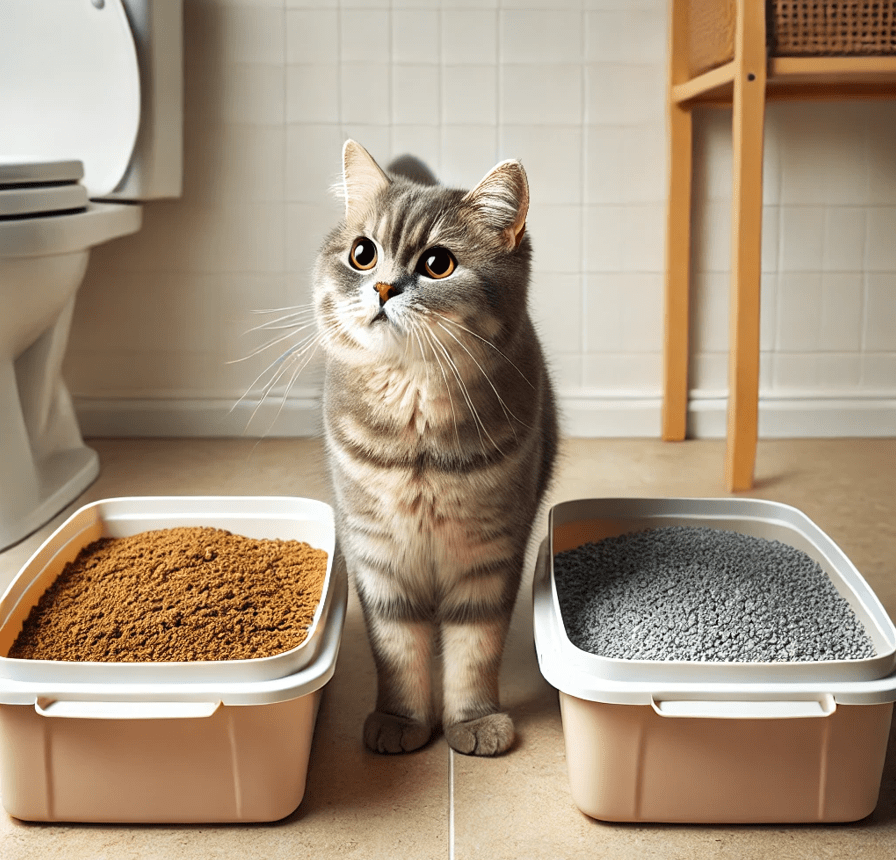
Clay Litter
Cats tend to select this material type for their litter. Most cats prefer medium and fine-grain clay litters because these products resemble their natural choice of soil or sand when outside. Cleanest results come from using clumping varieties of litter. Your cat’s respiratory health, together with yours, will benefit from picking unscented litter.
Clay litters have a tendency to escape from their designated area because of their tracking behavior. Clay litter materials produce excessive dust, which negatively affects people with allergies. Regular washing of the litter box becomes tricky when clay and moisture produce compacted thick material similar to concrete.
Silica Gel Litter
Silica gel serves as the primary material used to make these cat litters, which exist with different granule dimensions from tiny to large crystals. Litter can’t form clumps. The silica material works as an absorbent that receives urinary liquids and serves to minimize smell.
Certain cat litter brands contain chemicals that you should avoid exposing your feline to. The use of large, hard-textured grains within cat litter causes discomfort to the paws while making digging activity difficult. The inhalation of silica dust poses health concerns both for cats and human beings. Extended exposure to these materials leads to both lung disease in human beings and respiratory infections in felines.
Wheat and corn litter
The litter offers a gentle surface along with lightweight properties, which suits cats who experience paw discomfort together with cat owners who struggle to lift weighty objects.
The litter will result in cat owners who try it turning away from using it for elimination purposes. The litters serve as pest attractants. Your cat’s experience with wheat or corn litter tends to include sinking deeply into this texture, but this feature makes the litter unappealing to numerous users. Allergy symptoms might present themselves to individuals who use this type of litter.
Some evidence exists that corn-based litters might allow mold to develop, resulting in dangerous aflatoxin substances. Corn tends to develop mold both before and after its manufacturing process is complete. Moisture serves as a significant source of concern in locations where litterboxes sit, such as bathrooms and basements, because they tend to accumulate moisture. Manufacturers test and treat the litter to reduce the potential that aflatoxin-producing mold contamination will affect the batch during production. A veterinarian consultation regarding alternative litter options becomes necessary if you have any concerns, yet litter storage needs to happen in clean and dry conditions.
Special considerations for cats with unique needs
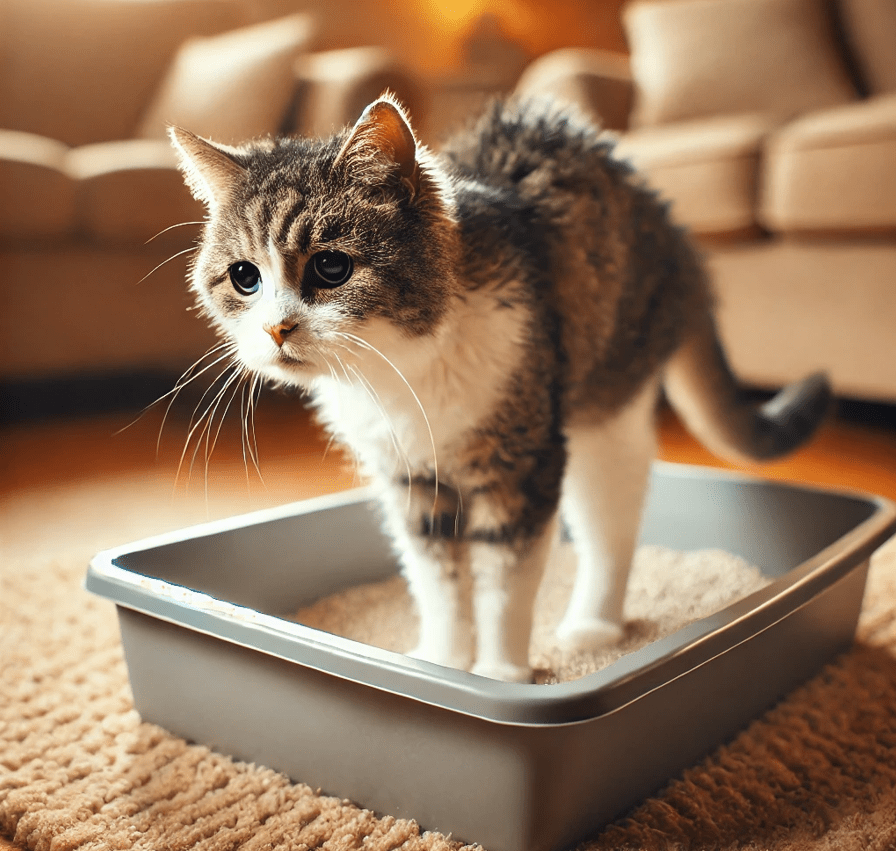
Cats normally choose clumping litter that falls between medium and fine grain sizes. Each cat’s unique factors will determine their litter needs, necessitating dedicated care to ensure comfort and wellness.
Mobility Issues
Older cats, together with those experiencing musculoskeletal problems, typically experience reduced mobility. Discomfort from joint pain, arthritis, or other medical issues can hinder a cat’s movement in the litterbox. The combination of substantial litter grains and excessive amounts, along with pellet-like material, may create unstable feelings that prevent cats from performing normal digging and burying actions. The discomfort will lead to house soiling behavior when cats avoid the litter box. For Ragdoll cats, particularly those with mobility issues, selecting the best litter box for ragdoll cats may involve looking for low-entry boxes with a softer litter texture to ease their entry and minimize discomfort.
Paw Pain
Declawed cats, together with pets experiencing paw-related conditions, which include infections as well as ingrown claws and sensitivity, find their time in the litterbox to be very uncomfortable. Hard and large-grained pellets along with crystal litters will increase their pain, which leads declawed cats to avoid using their litter boxes.
Allergies
The physical characteristics and chemical makeup of cat litter result in varying amounts of dust, while specific ingredients tend to create allergic responses in feline bodies and sometimes in human bodies too. Multiple natural materials, including grass and wheat, which make up litter, have the power to produce allergic reactions. Scents added to cat litter as well as strong natural odors have the potential to cause respiratory system issues in cats.
Age-Related Concerns for Kittens
The behavior of eating litter occurs frequently among young kittens. The use of clumping litters or silica-based options presents health risks because moisture causes negative reactions. According to experts, kittens should use non-clumping or pellet-based litter because they will eventually stop this behavior.
Risk of Litter Ingestion
Complications will develop when cats consume litter through pica-type behaviors like eating or paw-licking. The combination of clumping litter and silica-based litters poses severe risks because they can distort the digestive system. Cats who tend to consume their litter require constant observation, along with the potential replacement of their current litter choice.
Gradual Litter Transition and Behavioral Monitoring
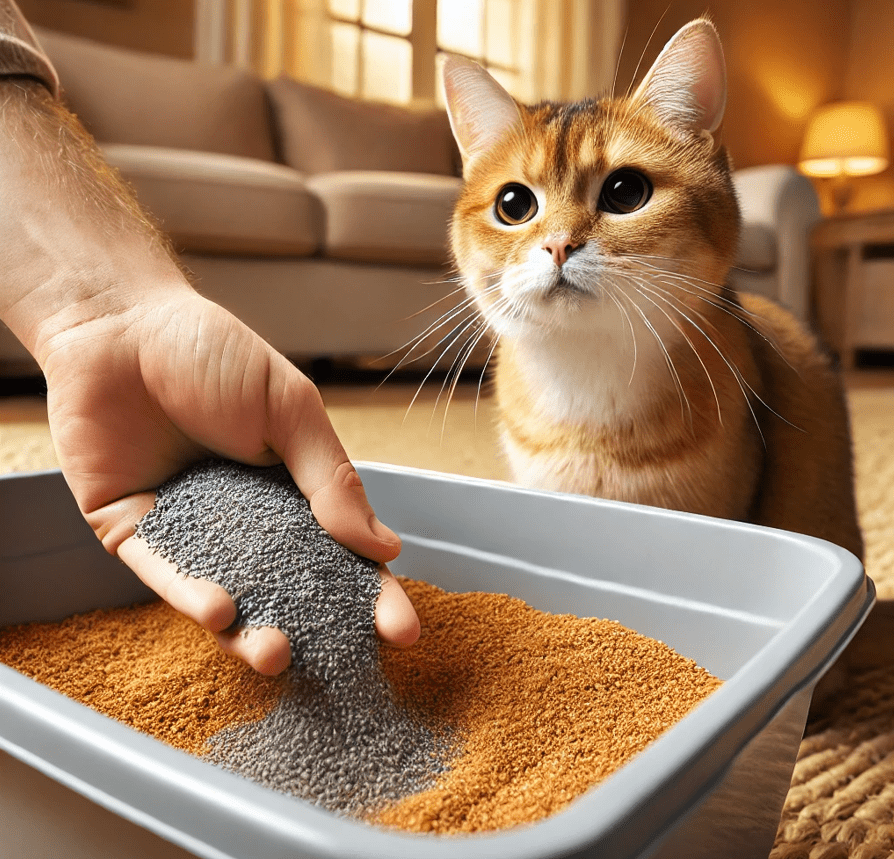
A transition to a new type of litter requires a process of mixing old and new litter over several weeks. Start by pouring in a little of the new litter material together with the existing litter. You should spread a small amount of new litter into the old over several weeks while removing the old litter until you stop using the former completely. A satisfactory transition will occur if your cat stays with the litter box and shows no signs of discomfort during the change. Your cat may dislike their new litter because you will observe behavioral changes either before or during its usage in the box. Your cat’s behavior, such as jumping out right after use, altered digging methods and burying actions, premature entry followed by exit, or exclusion from litter use near the box, signals an unfavorable reaction to either the new litter type or unmet requirements.
Conclusion
The particular behavior of fussy cats in their litter choices occurs because they learned this habit from their mother.
Does changing your cat’s litter still bring regret since the experience? Are you among those owners who discover fussy behavior regarding their cat’s litter box? Equipped with minimal research, we have discovered crucial aspects about adorable kitties along with the factors that shape their preference for litter. You can save yourself from a lot of frustration while also developing a better understanding and level of respect for your cats after learning these findings.
